It’s worth visiting Chenzhou in spring
2024-05-05
Mangshan Mountain is located in Yizhang County, the northern foot of the Nanling Mountains, with a total area of 20,000 hectares.
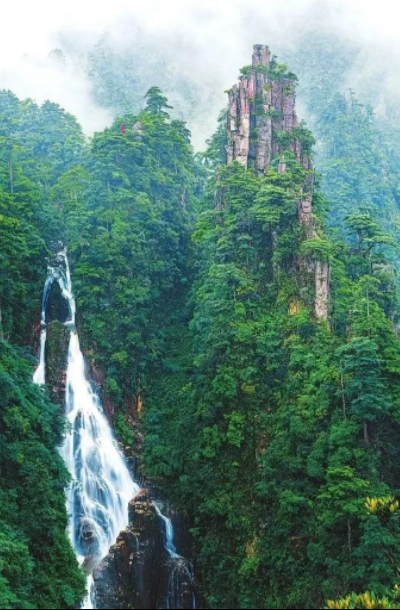
It has a complex terrain with sharp peaks and crisscrossing gullies. There are more than 150 peaks above 1,000 meters, and it’s the largest primitive forest on Earth at the same latitude.
With unique peaks, beautiful waters, secluded forests, and jagged rocks, it has picturesque scenery all year round, where visitors can enjoy flowers in spring, relieve heat in summer, view clouds in autumn, and watch snow in winter.
Tourists can easily get to the top of Wuzhi Peak at an altitude of 1,758 meters through sightseeing cableways, cable cars, vertical elevators, and cloud walkways. They can appreciate the misty clouds and primitive forests in Jiangjun Village, feel the ever-changing wind and clouds on Tiantai Mountain, and experience the cool and refreshing breeze in the Houwang Village Waterfall.

Chenzhou has rich geothermal resources, with 69 underground hot water points discovered, and there are hot springs all over the city. It is known as the “hometown of hot springs in China”. Tourists can get relaxed and enjoy themselves bathing in a hot spring pool at Yuzhong Hot Spring, Reshui Health Hot Spring, Mangshan Forest Hot Spring, Longnu Vacation Hot Spring, and Luoquan Cave Hot Spring.
Feitian Mountain Scenic Area boasts unique natural landscapes such as clear water, green mountains, grass slope, and canyons, as well as mysterious historical sites like cliff carvings, hanging coffins, and Shifo Temple.
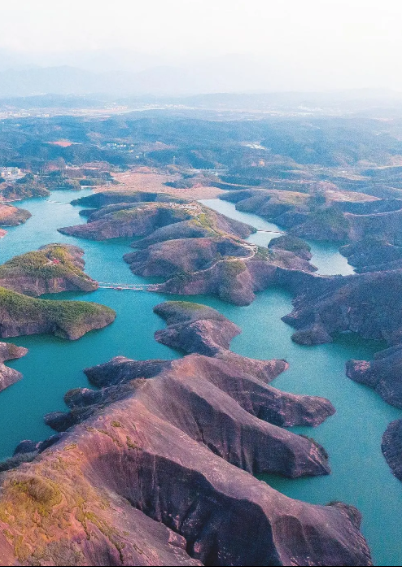
Chenzhou is a dazzling revolutionary homeland, with all regions belonging to revolutionary old areas. There are proletarian revolutionaries such as Mao Zedong, Zhu De, and Chen Yi, revolutionary pioneers like Deng Zhongxia, and nine founding generals like Huang Kecheng.
Besides, it is also the place where the story “Half a Quilt” took place, the birthplace of the Xiangnan Uprising, and the location of the 711 uranium mine.
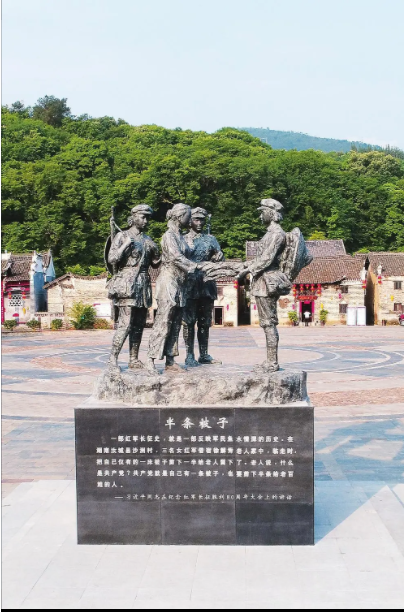
Zixing City has become a fairyland worth visiting due to the Dongjiang Lake. The Dongjiang Lake is the only tourist area in Hunan Province that has such honors as a national scenic area, national 5A-level tourist attraction, national ecological tourism demonstration area, national forest park, national wetland park, and national water conservancy scenic area. It covers an area of 160 square kilometers, with a storage capacity of 8.12 billion cubic meters, which is equivalent to that of half of Dongting Lake.
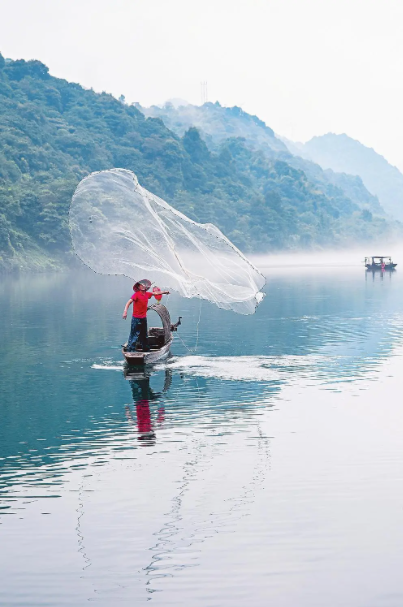
Chenzhou has a forest coverage rate of 68.1%, making it an important ecological barrier in the southern China, a true “natural oxygen bar”, and a summer resort.
Chenzhou has 4 nature reserves, 9 forest parks, 5 scenic areas, and 4 geological parks at provincial level or above, 5 national wetland parks, 7 national forest wellness pilot construction units, 1 national key construction base for forest experience, and 5 provincial-level forest wellness bases.
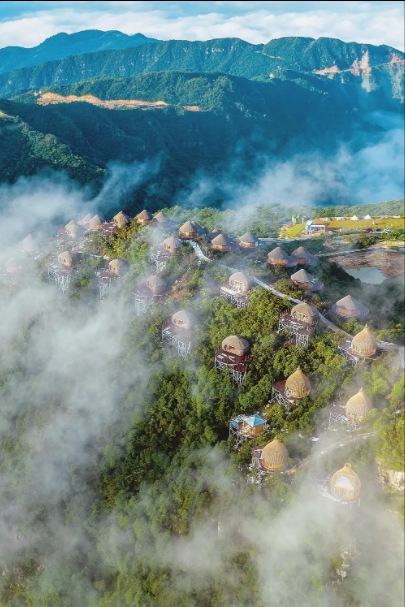
Every summer, such scenic areas as Yangtian Lake Grassland, Rucheng Jiulong River National Forest Park, Wugai Mountain in Suxian District, and Qingzhu Village in Guidong County,attract tourists to come for wellness and leisure tourism due to pleasant climate, fresh air, and comfortable temperature.
Chenzhou has a rich cultural heritage, with a history of more than 2,200 years since the establishment of Chen County in the Qin Dynasty. It is one of the first historical and cultural cities in Hunan, and one of the birthplaces of Chinese agricultural culture.
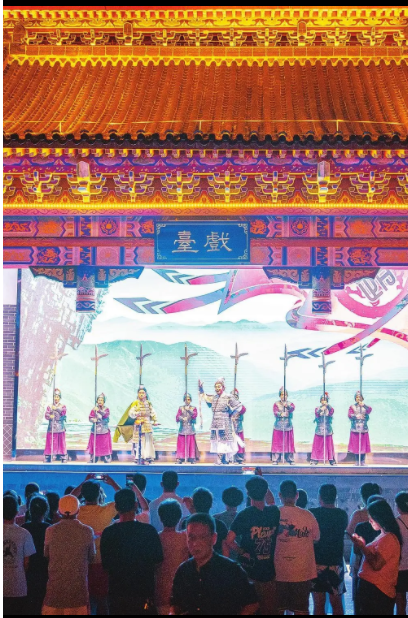
It has 120 national and provincial key cultural heritage units, 10 national intangible cultural heritage projects, and 2 world-class intangible cultural heritage projects.
Tourists can stroll through Yuhou Street, Wayaoping, Suxian Ridge, and Ailian Lake, and enjoy world-class and national intangible cultural heritage items such as Kunqu opera, Anren market-day, Rucheng Burning Incense Dragon Dance, and Jiahe Wedding Songs.
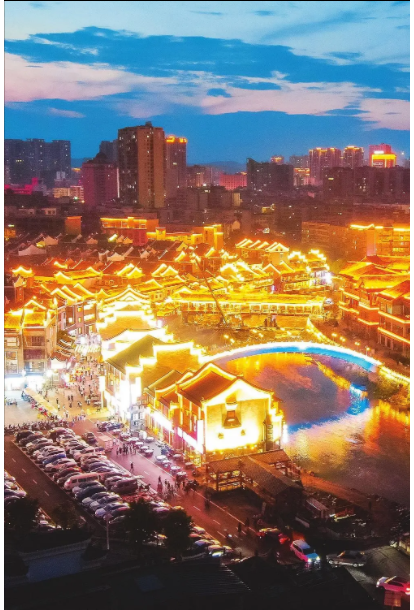
The night in Chenzhou is fascinating, with dazzling lights on. As one of the first national pilot cities for cultural and tourism consumption, Chenzhou has made efforts to promote the development of nighttime economy based on its abundant cultural and tourism resources.
The nighttime cultural and tourism consumption agglomeration area is a benchmark to measure the openness and activity of a city, and a golden key to open up new space for urban functional transformation.
Chenzhou boasts distinctive features, rich experiences, and diverse business forms at night, which has great appeal to tourists and stimulates their desire for consumption.




